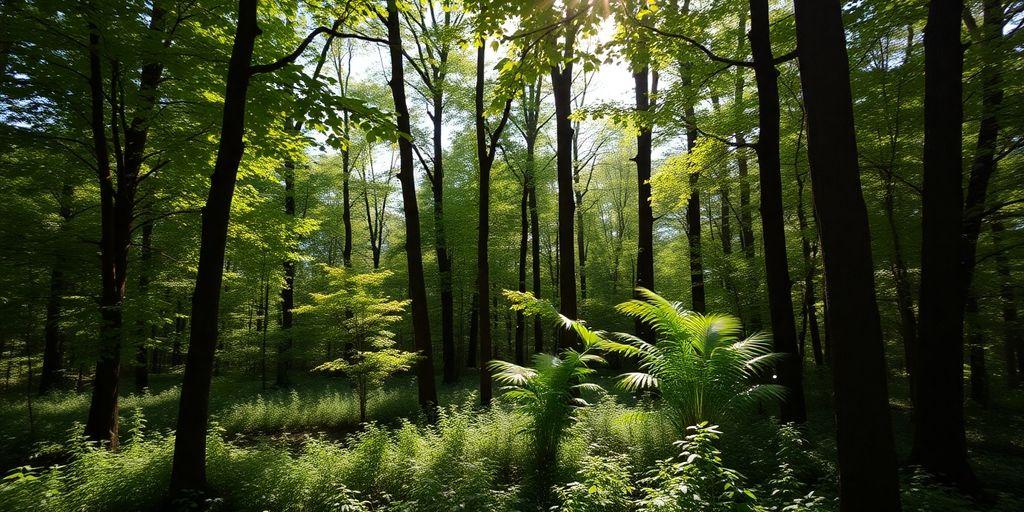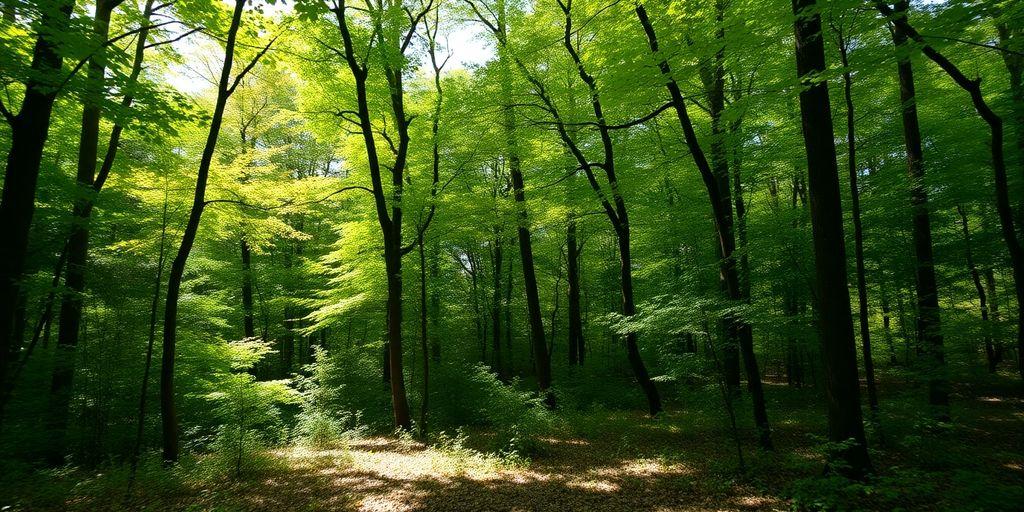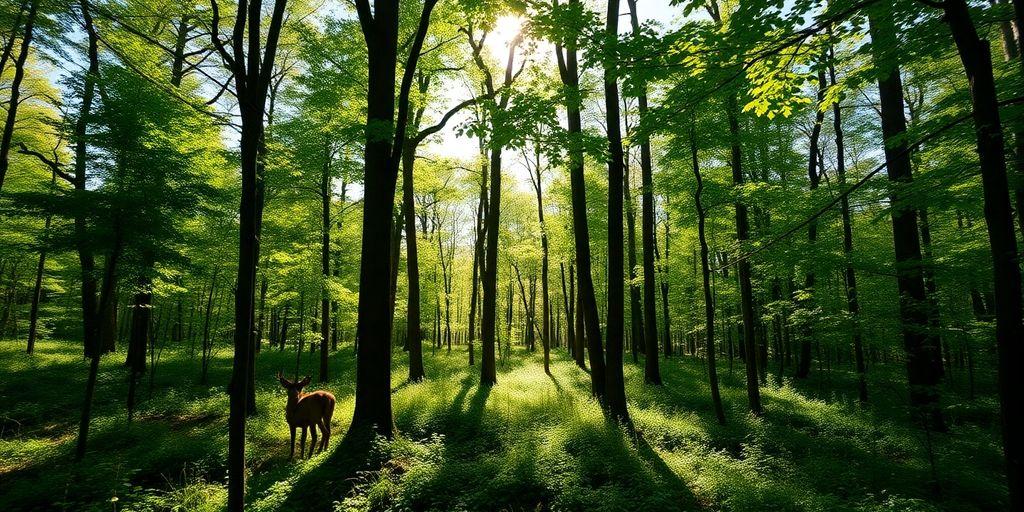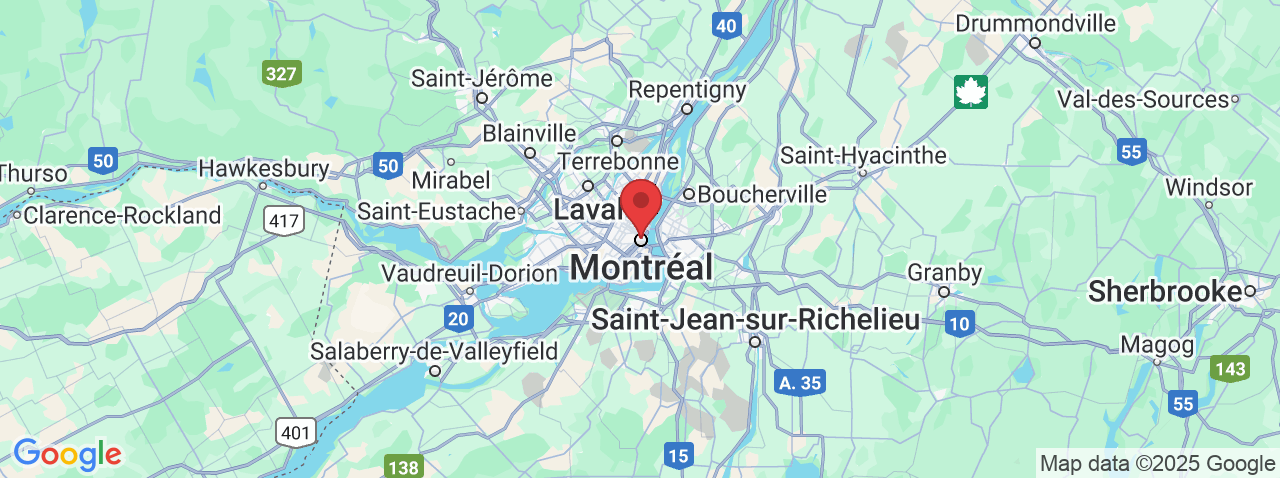Tree Service Montreal
Effective Strategies for Wood Lot Management in Montreal: A Comprehensive Guide
Explore effective wood lot management strategies in Montreal for sustainable forestry and biodiversity.
Managing a wood lot in Montreal isn't just about cutting trees and planting new ones. It's a whole process that involves understanding the land, the trees, and even the wildlife that calls it home. You gotta think about sustainability, biodiversity, and what the community wants. And let's not forget the rules and regulations that come with it. It's a balancing act, but when done right, it can be super rewarding.
Key Takeaways
. Understanding the local ecosystem is crucial for sustainable wood lot management in Montreal.
. Engaging the community can lead to better management practices and outcomes.
. Adapting to environmental changes, including climate change, is essential for long-term success.
Understanding the Basics of Wood Lot Management in Montreal

Key Principles of Sustainable Forestry
When we talk about sustainable forestry, we focus on maintaining a healthy balance between harvesting and conservation. Sustainable forestry practices ensure the long-term health of the forest ecosystem while meeting human needs. This involves careful planning and management to avoid overharvesting, promote natural regeneration, and protect soil and water quality. We must also consider the economic, social, and environmental impacts of our actions.
Importance of Biodiversity in Wood Lots
Biodiversity is crucial in wood lot management. It supports ecosystem resilience, helps control pests, and enhances productivity. A diverse range of species can adapt better to changing conditions, providing a buffer against diseases and climate shifts. To maintain biodiversity, we should focus on:
. Preserving native species
. Encouraging a variety of plant and animal life
. Managing invasive species effectively
Regulatory Framework and Compliance
In Montreal, managing a wood lot involves navigating a web of regulations. We must comply with local, provincial, and federal laws that govern land use, species protection, and harvesting practices. This includes obtaining necessary permits and adhering to guidelines that protect the environment and public interests. Staying informed about regulatory changes is essential for responsible management.
Role of Community Engagement
Community engagement is a cornerstone of effective wood lot management. By involving local residents, we can gather valuable insights and foster a sense of ownership and responsibility. This can be achieved through:
1. Hosting community meetings and workshops
2. Encouraging volunteer programs
3. Collaborating with local schools and organizations
Engaging with the community not only enriches our understanding but also strengthens the social fabric, ensuring that wood lot management aligns with local values and needs.
Implementing Mixed Species Management Approaches

Benefits of Mixed Species Stands
When we talk about mixed species stands, we're looking at a setup where different types of trees grow together. This mix can make forests more resilient to pests, diseases, and even climate changes. Diverse forests tend to be healthier and more productive. Plus, they offer habitats for a wider range of wildlife, which is a win for biodiversity.
Techniques for Mixedwood Regeneration
Regenerating mixed species stands isn't a one-size-fits-all deal. We've got a few techniques to consider:
1. Clearcut with Cluster Planting: This involves clearing an area and planting clusters of different species. It helps create a patchwork of tree groups, mimicking natural forest patterns.
2. Underplanting: Before any major harvest, we plant species like white spruce under the existing canopy. This way, they grow up with the protection of older trees.
3. Selective Thinning: We carefully remove certain trees to give others more space and light, encouraging a mix of species to thrive.
Challenges and Solutions in Mixed Species Management
Managing mixed species stands isn't without its headaches. One big challenge is ensuring all species get what they need to grow well. Sometimes, one species might dominate, leaving others struggling. To tackle this, we need to:
. Regularly monitor forest conditions and adjust management practices as needed.
. Use adaptive management strategies, which means being flexible and willing to change our methods based on what's working and what's not.
. Engage with local experts and communities to share knowledge and experiences.
Case Studies from Montreal
In Montreal, we've seen some interesting examples of mixed species management. For instance, in Mont-Royal Park, a combination of hardwoods and conifers has been successfully maintained. Another case is the Bois-de-Liesse Nature Park, where a mix of native species has been encouraged to support local wildlife. These examples show that with the right approach, mixed species management can lead to thriving, resilient forests.
Advanced Silvicultural Techniques for Wood Lot Management
Shelterwood and Selection Systems
In Montreal's wood lots, using shelterwood and selection systems can be a game-changer. These methods help us maintain a steady forest structure by allowing periodic harvests while ensuring regeneration. Shelterwood systems create a partially shaded environment, ideal for species that thrive under moderate light conditions. On the other hand, selection systems focus on removing specific trees based on their vigor and risk, promoting a diverse age structure. Both techniques aim to balance ecological health with economic gains.
Pre-Harvest Assessments and Planning
Before diving into any harvesting activity, we need to conduct thorough pre-harvest assessments. This involves evaluating the current stand conditions, identifying potential impacts, and planning the logistics of the operation. We should ask ourselves questions like: What species are dominant? What are the soil conditions? Are there any sensitive areas to avoid? By answering these, we can tailor our management strategies to fit the unique needs of each wood lot.
Innovative Regeneration Methods
Regenerating a forest isn't just about planting new trees. It's about understanding the specific needs of the ecosystem and choosing methods that promote natural regeneration. We might use techniques such as direct seeding or even allowing natural seeding from existing trees. In some cases, supplemental planting might be necessary to boost species diversity or fill gaps. It's all about finding what works best for the specific conditions of our wood lot.
Monitoring and Adapting Management Strategies
Management doesn't stop once the trees are planted or harvested. Continuous monitoring is crucial to ensure that our strategies are effective and sustainable. This means keeping an eye on tree growth rates, species composition, and any signs of disease or pest issues. If something isn't working, we need to be ready to adapt our approach. Flexibility is key in ensuring the long-term health and productivity of our wood lots.
Managing a wood lot is like a long-term relationship. It requires patience, observation, and the willingness to adjust our strategies as the forest grows and changes. By staying attentive and flexible, we can ensure that our wood lots remain healthy and productive for generations to come.
Addressing Environmental and Wildlife Considerations

Impact of Wildlife on Wood Lot Regeneration
In Montreal, managing wood lots means keeping a close eye on how wildlife, like deer and moose, affects the regeneration of trees. These animals can seriously impact young saplings, often nibbling them down before they get a chance to grow. Understanding this dynamic is crucial for anyone looking to maintain a healthy wood lot.
Without proper management, the balance between wildlife and vegetation can tip unfavorably.
Strategies for Managing Deer and Moose Populations
To keep the deer and moose populations in check, we need a mix of strategies. Here are a few steps that can be effective:
1. Controlled Hunting: Regulated hunting seasons can help keep populations at sustainable levels.
2. Fencing: Installing barriers around young trees or vulnerable areas can protect them from being over-browsed.
3. Habitat Modification: Altering the landscape to make certain areas less appealing to deer and moose can naturally reduce their numbers.
Balancing Conservation and Economic Objectives
Balancing conservation with economic goals is a tightrope walk. On one hand, we want to preserve the natural beauty and biodiversity of our wood lots. On the other hand, there’s the economic incentive to harvest timber. Here's how we can strike a balance:
. Selective Harvesting: Instead of clear-cutting, we can selectively harvest trees, ensuring that we maintain the ecological integrity of the area.
. Eco-tourism: Promoting activities like bird watching or guided nature walks can generate revenue while keeping the forest intact.
. Carbon Credits: Participating in carbon offset programs can provide financial benefits while supporting conservation efforts.
Integrating Climate Change Adaptation
Climate change is a game-changer for wood lot management. As temperatures rise and weather patterns shift, we need to adapt our strategies. Adaptation involves:
. Planting Resilient Species: Choosing tree species that are more tolerant to changing climates.
. Water Management: Implementing systems to manage water more efficiently, especially during drought conditions.
. Monitoring and Research: Continuously monitoring the impacts of climate change and adjusting management practices accordingly.
It's a delicate balance between maintaining the natural ecosystem and meeting human needs. With thoughtful management, we can ensure that Montreal's wood lots remain vibrant and productive for generations to come.
